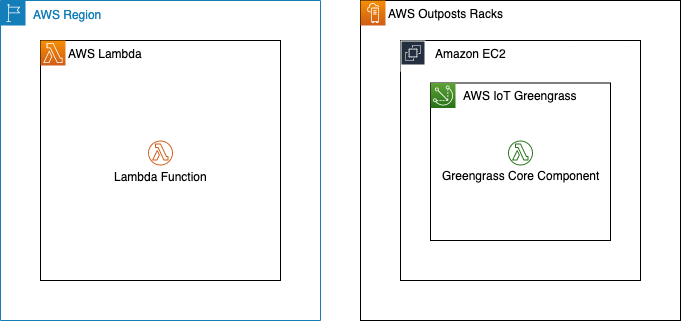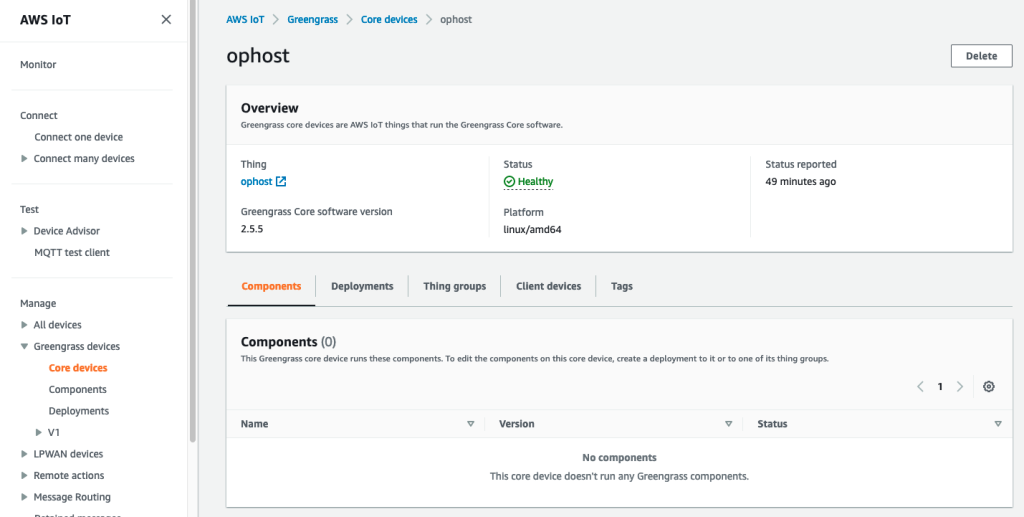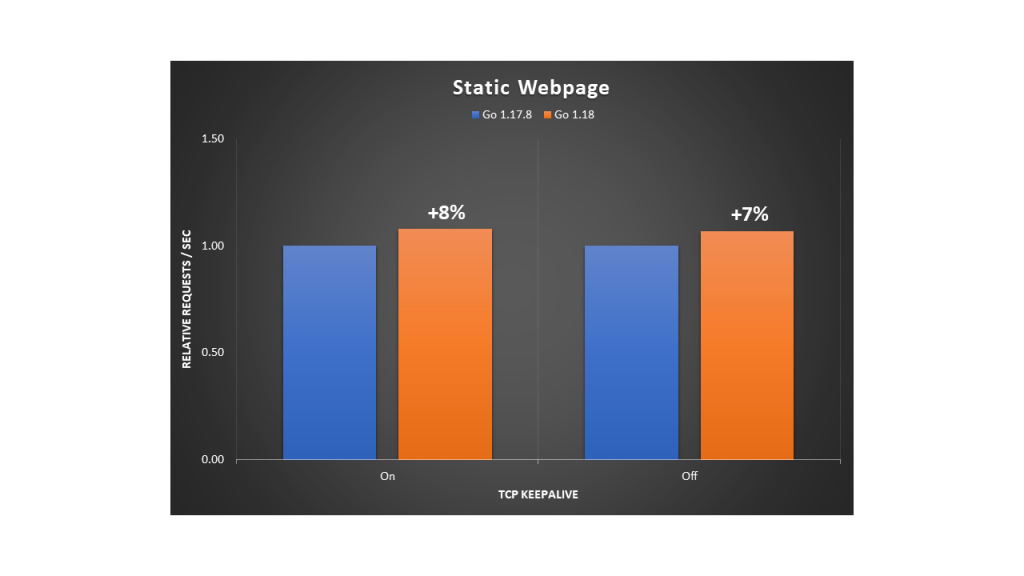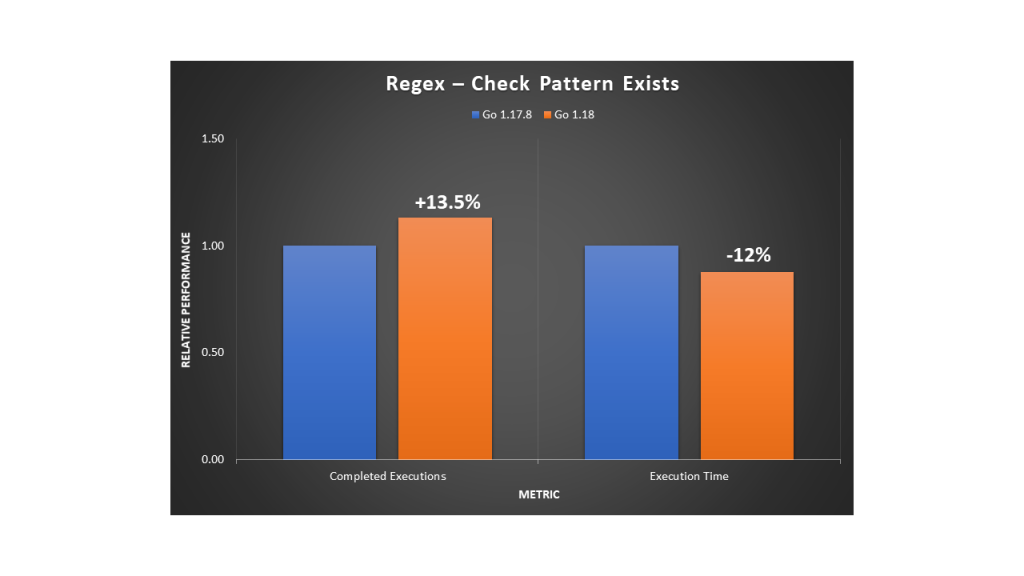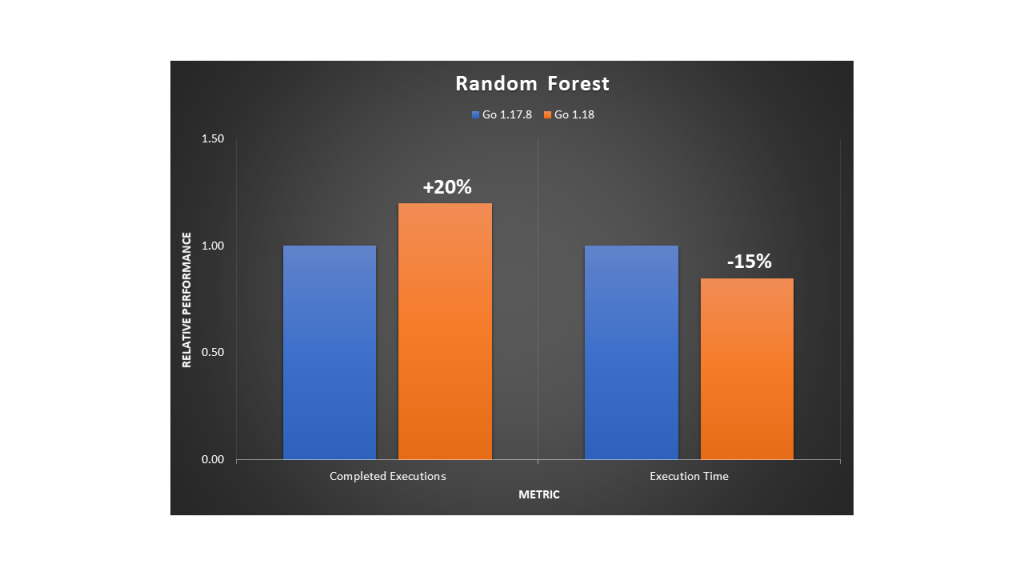Post Syndicated from original http://www.gatchev.info/blog/?p=2440
Този текст във Фейсбук профила на Вихрен Стоев ми се видя отначало дългичък. След това осъзнах, че може да бъде удължен десетки пъти – има с какво. И че е важно.
Затова го копирам тук. С подкана към всеки, който иска да го допълни – добре дошъл е в коментари отдолу!
(С изключение на творците на съдържанието му. Включително ако пищят за свобода на словото. Свобода на словото в блога ми имат колкото имат свобода на придвижване в дома ми, неканени. И свободата на лъжата не е свобода на словото – тя е смъртта на свободата на словото. Където я има, словото вече е преносител не на знание, а на измама и само вреди. Затова и несвободата на лъжата е не просто важна, а задължителна за да има свобода на словото.)
И не съм съгласен, че не е за днес, а да си го прочитаме след време. И за днес е.
—-
Тоя пост не е за днес, а да си го прочитаме пак след дни, месеци, години, когато има нужда.
Помните ли как има нацистки режим в Украйна? Аз помня.
А помните ли, че нямаше война, а само специална операция? Аз помня.
А помните ли, че Украйна се нападна сама, за да инициира война? Аз помня.
А помните ли, че украинците посрещаха руснаците като освободители? Аз помня.
А помните ли, че Русия няма намерение да окупира украински територии? Аз помня.
А помните ли, че Украйна не е регистрирана в ООН и не съществува? Аз помня.
А помните ли как целият свят подкрепи Русия? Аз помня.
А помните ли, че нямаше да има санкции щото ЕС е разединен и разпадащ се? Аз помня.
А помните ли, че санкциите не работеха изобщо? Аз помня.
А помните ли, че това е краят на долара като резервна валута? Аз помня.
А помните ли, че военните щяха да направят преврат в Киев? Аз помня.
А помните ли, че Беларус се включи във войната, за да довършат заедно? Аз помня.
А помните ли, че Полша ще нападне Украйна от запад за да си я подели? Аз помня.
А помните ли, че всъщност причината за операцията бяха гей-парадите? Аз помня.
А помните ли, че Украйна разработваше ядрено оръжие? Аз помня.
А помните ли как се намериха лаборатории за биологично оръжие? Аз помня.
А помните ли, че имаше споразумение НАТО да не расте на изток? Аз помня.
А помните ли, че имаше 60 американски бази в Украйна? Аз помня.
А помните ли убитите българи в Одеса? Аз помня.
А помните ли насилственото налагане на украинския език? Аз помня.
А помните ли, че в Донецк убили толкоз деца, че чак алея има? Аз помня.
А помните ли че Малайзиския самолет го свали Украйна? Аз помня.
А помните ли, че Киев щеше да падне до часове? Аз помня.
А помните ли, че оттеглянето от Киев беше планът през цялото време? Аз помня.
А помните ли, че в Буча имаше актьори? Аз помня.
А помните ли, че всъщност не бяха актьори, а манекени? Аз помня.
А помните ли, че и манекени не бяха, а избити от украинците местни? Аз и това помня.
А помните ли, че украинската армия беше в котел и всеки момент ще бъде обкръжена? Аз помня.
А помните ли, че корабът Москва не е потъвал изобщо? Аз помня.
А помните ли, че все пак потъна от цигара? И от лошото време? Аз помня.
А помните ли, че Русия се удържаше, защото я е грижа за цивилните? Аз помня.
А помните ли, че Херсон иска да стане провинция на Русия? Аз помня.
А помните ли, че някакви хора в мазата на завод са най-злите нацисти на света? Аз помня.
А помните ли, че се оказа, че и в Приднестровието има геноцид? Аз помня.
А помните ли, че ако някой даде оръжие на Украйна, Русия веднага ще го смели? Аз помня.
А помните ли, че протестите с руските знамена бяха “за неутралитет”? Аз помня.
А помните ли, че всички щяха да плащат газ в рубли? Аз помня.
А помните ли, че газ освен в Русия няма никъде? Аз помня.
А помните ли, че всички спряха да дават оръжия на Украйна като спря газът? Аз помня.
A помните ли, че България е под робство на НАТО? Аз помня.
А помните ли, че има обявено гражданско неподчинение? Аз помня.
А помните ли, че Крим е руски? Аз помня.
Трябва да помним лъжите. Да разказваме историята им. Да ги познаем, когато изскочат пак след дни, години, десетилетия. Да помним кой ги е приказвал, откъде са идвали, кой ги е повтарял.
Аз помня. А вие?
—-
И „малко“ допълнения от мен:
Помните ли, че Русия никога не започва войни? Тя само ги завършва?
Че само луд би повярвал, че тя ще атакува Украйна?
Или че ще се опита да окупира Украйна – украинците са братя славяни, защо ѝ е?
И че тези слухове са само мръсен опит на Запада да отвлича хората от проблемите му?
Че Русия не краде от окупираните области всичко, което може?
Че няма да атакува и други държави, не само Украйна – защо ѝ е?
И как ако Западът ѝ позволи да окупира цяла Украйна, няма да поиска повече?
А как НАТО трябва да се изтегли напълно от цяла Източна Европа, и да не я защитава вече?…
Помните ли, че руската армия е непобедима и велика, и като нея няма втора?
И че ако поиска, за две седмици ще прегази НАТО и ще стигне на Атлантика?
Как тя не използва свръх-оръжията си, за да не ги видят САЩ и НАТО и да ги изкопират?
И се бави, понеже украинската армия е много по-голяма и по-добре въоръжена?
Че воюва в Украйна, за да опазва отечеството си?
И че в в Украйна няма руски наборници?
А как те не бяха пратени да копаят на ръка окопи в „рижия лес“?
Как служещи на крайцера „Москва“ са не загинали, а в самоотлъчка?
Как в Русия нямаше да има мобилизация?
Помните ли как Русия никога нямаше да напусне Змийския остров?
А как това, че го напусна, е жест на добра воля?
Как вече е унищожила три пъти повече украински самолети, отколкото Украйна има?
И два пъти повече западни артилерийски установки, отколкото са доставени?
Помните ли как няма убити руски генерали?
А как украинците бяха ударили в Нова Каховка склад не за оръжие, а за торове?
И как летището в Крим експлодира заради запалена цигара?
Как руската армия не избяга от Изюм и Купянск, а се прегрупира стратегически?
И от Лиман? Берислав? Нова Каховка? Херсон?
Помните ли как Зеленски беше избягал на Запад още първия ден от войната?
Че украинците са нацисти и бандеровци?
И че Русия воюва, понеже се бори срещу нацизма в Украйна?
А че Украйна е изкуствена държава, която не е легитимна?
И че населението в нея – и руско, и украинско – чака руската армия да го освободи?
Как ще я посрещне с цветя и само ще арестува украинските войници?
И как ще гласува щастливо за присъединяване към Русия?
Помните ли как гарата в Краматорск не е бомбардирана?
А че е бомбардирана, но от украинците?
И че избитите там цивилни са само манекени?
А че не са манекени, а актьори? Същите като в Буча?
И че в Буча загиналите също ги избиха украинците, с артилерийски обстрел?
А спътниковите снимки, които го опровергават, са западни фалшификати?
А как „Офицерския дом“ във Виница бил ударен, защото бил военен обект?
И още хиляди други „военни обекти“?
И как цивилни бяха бомбардирани не за отмъщение за Кримския мост?
С бомбардировка, подготвена дни преди взрива му?
Помните ли как Мариупол нямаше да бъде бомбардиран, понеже е руски град?
Как театърът му беше бомбардиран, понеже там бил щабът на „Азов“?
И на практика всички други цивилни сгради, защото и в тях бил щабът на „Азов“?
И че всъщност не е бомбардиран – спътниковите снимки са фалшиви?
Как скрилите се в Азовстал мариуполци ги беше отвлякла там украинската армия?
А как там има и 20 000 западни и израелски военни? И натовски генерали?
Как от „Азов“ се предадоха след евакуирането на цивилните в Азовстал, понеже си нямат жив щит?
А как в руски плен масово измират от инфаркт – от страх, че ще ги съдят?
Как Северодонецк и Рубижне нямаше да бъдат бомбардирани, понеже са руски градове?
А как ги бомбардират, понеже там е щабът на „Азов“?
Как Одеса нямаше да бъде бомбардирана, понеже е руски град?
И как там запушват прозорците с торби пясък, за да скрият щабовете на нацисти?…
Помните ли как през 2014 г. 97% процента от Крим гласува за присъединяване към Русия?
Как „учтивите хора“, които проведоха референдума, не бяха руската армия?
Как Евгений Пригожин не беше организаторът на наемниците от „Вагнер“?
Как армията на ДНР и ЛНР също не е руска армия със сменени опознавателни знаци?
Как обкръжените при Иловайск украинци щяха си тръгнат свободно, ако оставят оръжието си?
Как украинците в окупираните райони се евакуират в Русия доброволно?
Как доброволно отиват да работят за руската армия в концентрационни лагери?
Как украинските военни престъпници сред тях ще бъдат наказани най-сурово?…
Помните ли, че Украйна беше забранила изучаването на руски език?
И на български, в селата на българи в Южна Украйна?
И как не е вярно, че след Майдана тези села почнаха масово да отварят български училища?
И как не е вярно, че руските окупатори са забранили изучаването на украински език?
И как не е вярно, че са затворили българските училища и са забранили българския език?
А че на български език вече не се преподава поради липса на учители?
Помните ли, че Финландия ще загине без руските доставки, ако влезе в НАТО?
Как това е опасно за нея? Че НАТО няма да я пази?
Както нямаше да пази и Украйна, ако тя беше негов член?
Как влезе ли Швеция в НАТО, Русия веднага ще превземе Готланд?
Как НАТО няма да я опази, въпреки че е негов член?
Как без руските суровини ЕС ще загине?
Как това е краят на ЕС, еврото, долара и мръсния прогнил западен либерализъм?…
Помните ли как отказът на НАТО да напусне Източна Европа го въвличаше във война с Русия?
А как протестът му срещу руското нападение срещу Украйна го въвличаше във война с Русия?
А как доставянето му на Украйна на противотанкови ракети го въвличаше във война с Русия?
А как доставянето му на спътникови снимки на Украйна го въвличаше във война с Русия?
А как обучението му на украински войници го въвличаше във война с Русия?
А как доставянето му на стрелково оръжие на Украйна го въвличаше във война с Русия?
А как санкциите му срещу Русия го въвличаха във война с Русия?
А как доставянето му на Украйна на стари руски танкове го въвличаше във война с Русия?
А как доставянето му на Украйна на стари руски самолети го въвличаше във война с Русия?
А как доставянето му на западни танкове го въвличаше във война с Русия?
А как дипломатическата не-поддръжка от България я въвличаше във война с Русия?
А как изпращането на генератори и консерви за Украйна въвлича България във война с Русия?
А как ако България достави на Украйна оръжие, това ще я въвлече във война с Русия?
Помните ли как не Русия, а САЩ и ЕС блокираха украинските доставки на жито по море?
Как Русия обеща да не ги блокира повече, ако отменят санкциите срещу нея?
Как за недостига на жито в Африка е виновна Украйна, понеже се съпротивлява?
И понеже на преговорите с Русия не приема руската позиция?
Нито пък прави „разумни компромиси“?
И как през зимата-пролетта ще гладува, понеже си е изнесла с кораби храната?
Помните ли, че украинските бежанци у нас са гадове, понеже имат хубави коли?
Как искат да наливат бензин и да ядат в ресторанти, без да плащат?
Как им даваме по 40 лева на ден? И те искат повече?
Въпреки че имат цели куфари с пачки долари и евро?
Как се възмущават за дреболии – някой им обстрелвал децата с въздушна пушка?
Как, когато български патриот ги пребие на улицата, се оплакват в полицията?
Как в Германия не им дават никакви помощи?
Как, ако имат кола за над 10 000 евро, им дават помощи само ако я продадат?
Как им дават по 200 евро помощ на ден, на проклетите мръсници?
Как изобщо украинците са гадове, понеже живеят красиво?…
Помните ли как без руския газ ще останем без ток?
Как Русия ще ни спре газа, ако изнасяме оръжие за Украйна – иначе никога?
Как ние сами сме си виновни, че ни го спря, понеже сме членове на ЕС и НАТО?
Как за нас нямаше да има газ отдругаде – Азърбайджан, САЩ…?
Как щеше да има, но на тройни цени?
Как без договор с Газпром 250 000 българи щяха да останат на улицата?
Как без руското ядрено гориво ще останем без ток?
Как цяла Европа ще измре от студ без руския газ?
Защото няма откъде другаде да си намери?
И как западняците ще се топлят в руските културни центрове?
(Вероятно те са на отделно снабдяване с ток и газ.)
Как мръсната Америка и да прати газ, ще дере горките европейци с десеторни цени?
Как така им се пада на мръсните еврогейове?…
Помните ли как да помагаш на Украйна е лошо за нея, понеже само удължава агонията ѝ?
Как украинското знаме е предателство за българина, а руското е гордост?
Как да подкрепяш Украйна е войнолюбие, а да подкрепяш Русия е миротворчество?
Как е миротворчество да си неутрален, докато агресорът печели войната?
Как да подкрепяш Украйна е национално предателство, а да подкрепяш Русия е патриотизъм?
Помните ли как нямаше да има българи доброволци да се бият за Украйна?
А как има, ама защото Украйна им плаща милиони долари?
Как никой от тях няма да се върне жив, защото руските лъвове ще ги изядат с кокалите?
А как тези, които се връщат за малко, няма да отидат там никога повече?
И как ще измамят хората, които им дават пари за оръжие, и ще избягат с парите?
И как че се връщат там с оръжие и материали е война на България срещу майчица Русия?
Как да събираш пари за храна и генератори за украинското население е русофобия?
И как тези пари ще бъдат откраднати от събиращите и с тях няма да се купи нищо?
А как купените с тях генератори и храна ще бъдат откраднати, вместо да идат в Украйна?
Как доброволци ще ги карат дотам само за да се разхождат и ядат пари?
И как няма да посмеят да се доближат до фронта, и украинците няма да получат нищо?
А как ги обстрелва с артилерия не руската армия, а мирното украинско население?
Понеже е толкова про-руско, че мрази помощите, а обича руските обстрели?
И изобщо, който помага на мирното население в Украйна, е изрод и предател на България?
Помните ли как светът нямаше да разследва руските престъпления в Украйна?
Как и да ги разследва, нямаше да намери нищо, защото ги няма?
Как разследващият ги екип е от платени лъжци и ще фалшифицира доказателства?
И спътникови снимки, ранени лекувани в болници в ЕС и т.н.?
И как няма да има международен съд за руските лидери и военни престъпници?
И плюс това този съд е нелегитимен и няма право да ги съди?
И как Русия няма да употреби в Украйна оръжие за масово поразяване?
Аз помня. И ще помня.
Помнете и вие. Не само лъжите – най-вече лъжците.
Защото стигне ли любимата им армия тук, вече не само ще ви лъжат.
